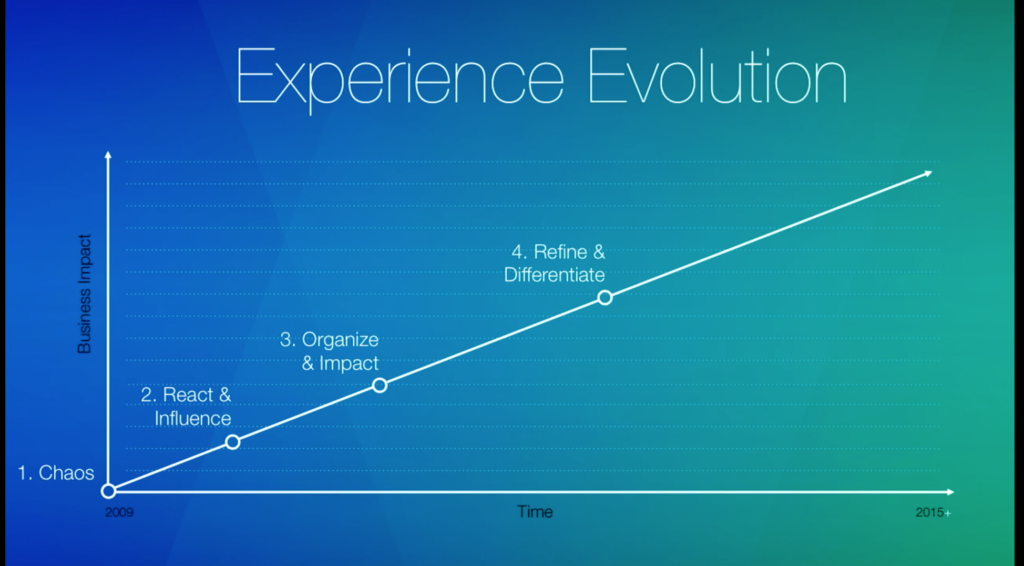https://www.gov.uk/service-manual/user-research#user-research-methods
The MVP is dead. Long live the RAT.
“There is a flaw at the heart of the term Minimum Viable Product: it’s not a product. It’s a way of testing whether you’ve found a problem worth solving. A way to reduce risk and quickly test your biggest assumption. Instead of building an MVP identify your Riskiest Assumption and Test it.”
https://hackernoon.com/the-mvp-is-dead-long-live-the-rat-233d5d16ab02#.qz1ulltiz
MVP is one of those phrases that seems to have about a million different interpretations, depending on who you ask. Riskiest Assumption Tests make the purpose of the thing (prototype, other artefact) explicit. “We are building this thing to test our most risky assumption, then we’ll move onto the next”.
The trouble I’ve observed with MVPs in different workplaces is:
- it’s hard to actually define – what is minimum really? and,
- how do you actually coordinate all the thinking required from different disciplines to build a product without burning a bunch of time and including things that are not minimum.
The MVP has always been a fairly difficult concept to understand, even though it appears simple before you think it through.
The RAT is definitely worth considering.
Product Discovery
https://www.producttalk.org/2017/02/evolution-product-discovery/
Fantastic talk by Teresa Torres about product discovery. It’s the first talk/article I’ve come across that has put all the different methodologies and approaches into a framework. Very useful stuff.
TAM/SAM/SOM – sounds like a fun nursery rhyme but is not
http://www.viola-notes.com/practical-guide-to-crunching-the-numbers-on-total-addressable-market-tam/
12 things about product-market fit
So what are considered some of the best tests for PMF (product market fit)? Rachleff writes that “You know you have fit if your product grows exponentially with no marketing. That is only possible if you have huge word of mouth. Word of mouth is only possible if you have delighted your customer.” Tying together the concepts, Rachleff also shares that entrepreneurs too often confuse product/market fit with growth in what Ries calls vanity metrics (“numbers or stats that look good on paper, but don’t really mean anything important”). So what does? Rachleff suggests Net Promoter Score (NPS) as a great tool to predict the magnitude of customer love for one’s product/service — ideally a score of 40 or higher “to know you’re on the right track.” However, while NPS is a pretty good proxy for likely fit, it is “not nearly as accurate as having market feedback in the form of purchases.” People vote with their dollars, after all.
Marc Andreessen writes: “In a great market — a market with lots of real potential customers — the market pulls product out of the startup.” Ideally in the easiest stages of a product development process pull is happening organically (i.e., without any advertising spending).
Tools for transcribing interviews
The Enterprise UX Journey

Fantastic talk about embedding a fledgling UX practice into an existing enterprise organisation.
Catherine Courage: “The Enterprise UX Journey: Lessons From the Voyage & The Opportunity Ahead” (May 13, 2015) from Rosenfeld Media on Vimeo.
Microsoft’s Inclusive Design Toolkit
And another research analysis tip
This is from the Service Design Slack Community folks.
To generate quick written transcripts of audio or video interviews, upload the file as an unlisted video into YouTube. Use the transcript tool to generate an automatic transcript.
Go through and fix up the errors.
Brilliant.

